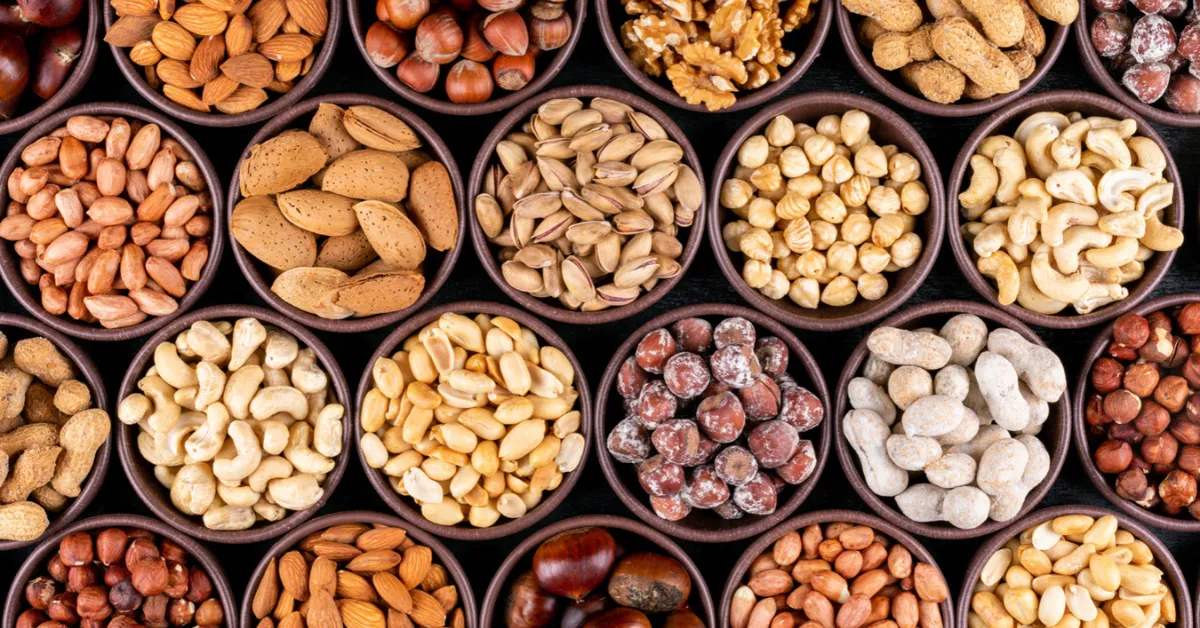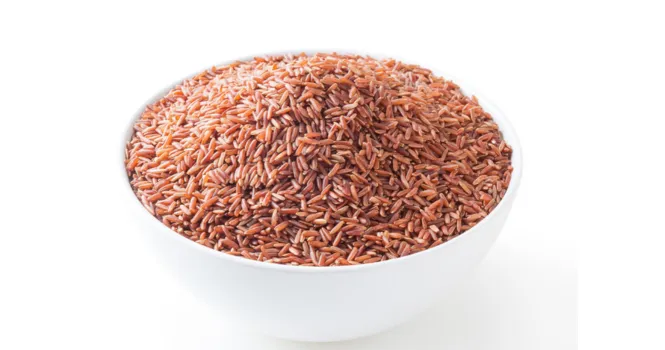Food Sources of Monosaccharides
Monosaccharides, often known as simple sugars, are the most basic units of carbohydrates. They are essential for our body to function properly, providing the energy needed to power various biological processes.
Let’s see some common Food Sources of Monosaccharides and their nutritional implications.
What are Monosaccharides?
Monosaccharides are single sugar molecules that serve as the building blocks for more complex carbohydrates like disaccharides and polysaccharides. They include glucose, fructose, and galactose, and each plays a unique role in human health.
Monosaccharides: Examples in Food
1. Glucose: Glucose is the body’s preferred energy source. While glucose is present in some fruits and vegetables, it’s more commonly found in foods as part of a larger carbohydrate molecule. For instance, starch, a polysaccharide found in foods like rice, bread, and potatoes, is made up of glucose units. When we eat these foods, our body breaks down the starch into glucose, which is then used for energy.
2. Fructose: Fructose is the sweetest natural sugar and is found in significant quantities in fruits, vegetables, and honey. It’s also a major component of high-fructose corn syrup, a sweetener often used in soft drinks, candy, and processed foods.
3. Galactose: Unlike glucose and fructose, galactose isn’t typically found alone in foods. It’s most commonly bonded with glucose to form lactose, the sugar found in milk and dairy products. After consumption, the body breaks lactose down into glucose and galactose, which is then converted to glucose for energy.
Glucose + Galactose = Lactose
Nutritional Implications of Monosaccharides
Monosaccharides, as direct sources of energy, play a crucial role in nutrition. However, not all monosaccharides impact our bodies in the same way:
Glucose is vital for the brain and muscles, especially during exercise. Yet, consuming glucose in excess can lead to weight gain and increased risk of type 2 diabetes and heart disease.
Fructose, while sweeter, has a lower glycemic index (25) than glucose(100), meaning it causes a smaller rise in blood glucose levels. However, high fructose consumption, particularly from processed foods and beverages, has been linked with health problems like obesity, heart disease, and non-alcoholic fatty liver disease.
Galactose is less sweet and has less direct impact on blood sugar levels. However, some individuals are unable to metabolize galactose properly due to a condition known as galactosemia, requiring them to limit their intake of lactose-containing foods.
List of Food Sources that contain Monosaccharides, specifically glucose, fructose, and galactose:
- Bananas: High in glucose and a source of quick energy.
- Oranges: Provide glucose and are packed with vitamins.
- Grapes: Contain both glucose and fructose.
- Carrots: Has a good amount of glucose.
- Honey: Rich in both glucose and fructose.
- Apples: Contain fructose, contributing to their sweetness.
- Pears: Also high in fructose.
- Watermelon: Contains fructose and provides hydration.
- Blueberries: Have fructose and are rich in antioxidants.
- Peaches: Contain fructose.
- Mangoes: High in fructose, and also contain glucose.
- Pineapple: Contains fructose.
- Sweet Potatoes: Have both glucose and fructose.
- Dates: Contain high levels of fructose.
- Figs: High in fructose and provide dietary fiber.
- Milk: Contains lactose, which breaks down into glucose and galactose.
- Cheese: Derived from milk and, therefore, contains some galactose.
- Yogurt: Another dairy product that provides galactose.
- Cherries: High in glucose and fructose.
- Strawberries: Contain fructose and provide beneficial antioxidants.
Conclusion
Monosaccharides are essential for human health, providing us with the energy we need for daily activities. However, as with all nutrients, balance is key.
Consuming a variety of whole foods rich in natural sugars, while limiting intake of processed foods with added sugars, is a good rule of thumb for most people.
Remember, a balanced and varied diet is crucial for optimal health. As always, it’s best to consult with a healthcare provider or a registered dietitian for personalized dietary advice.
![]()












